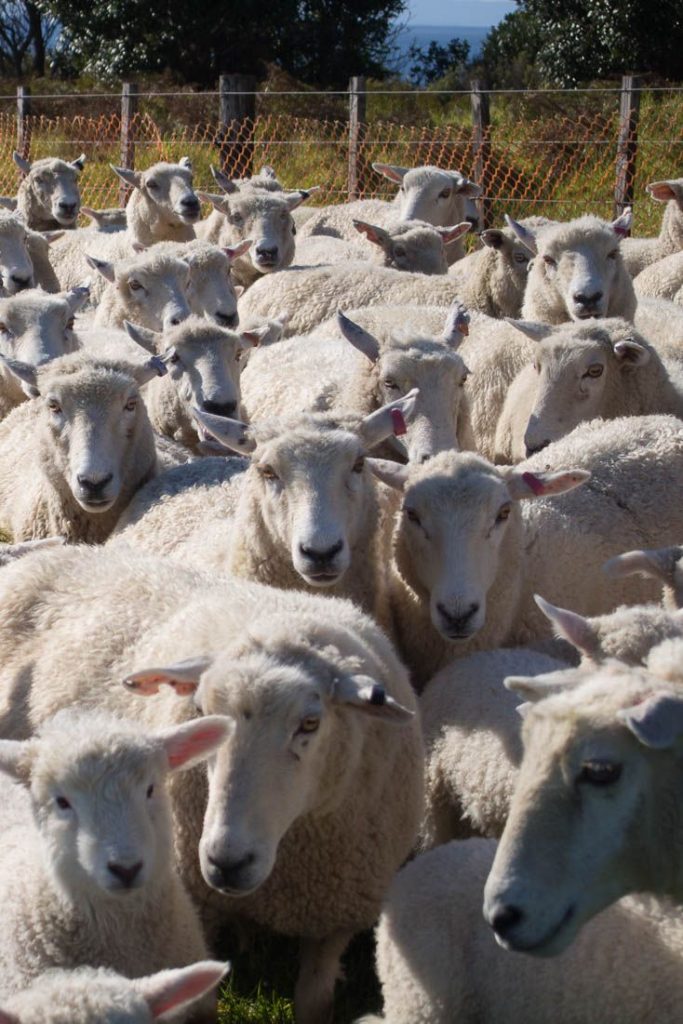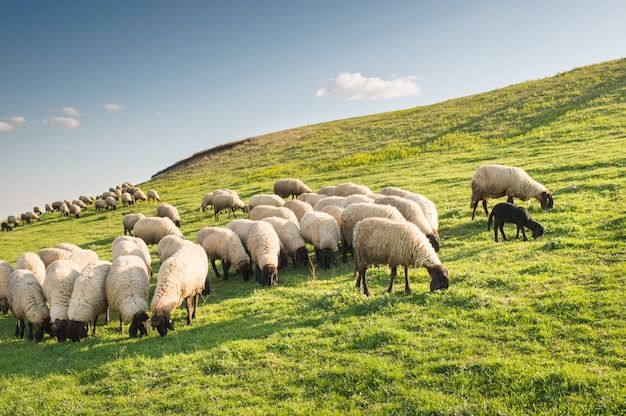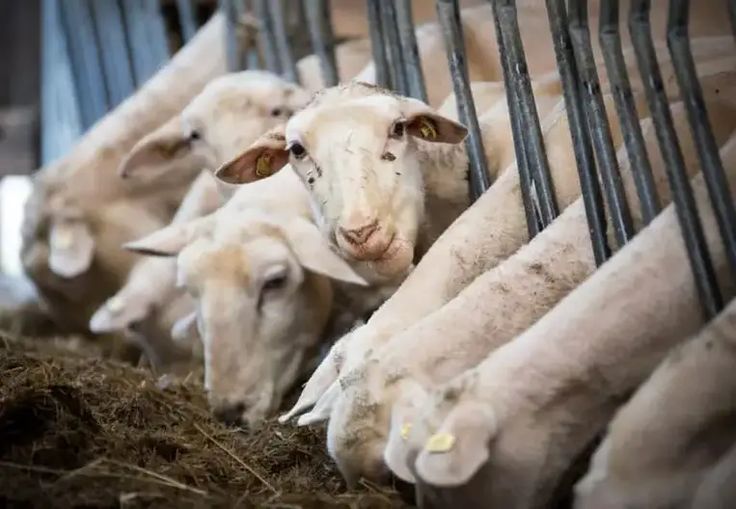Understanding sheep behavior is key to managing your flock well and ensuring their well-being. Sheep are social animals with instincts that affect their health and productivity. In this article, we’ll explore their social dynamics, grazing habits, and stress responses. We’ll also provide practical tips to help you manage your sheep better.
The Social Nature of Sheep
Sheep are naturally social creatures. They rely on their flock for safety. When sheep are together, they feel secure. If one sheep strays too far, it often looks back, bleating nervously until it finds its way back. As a shepherd, you can use this knowledge to manage your flock.

Within the flock, sheep create a social hierarchy. You may notice one sheep leading the others to food or water. This dominant sheep shows its position. Observing these interactions can help you identify which sheep may need more care. If a dominant sheep is aggressive, it can harm weaker ones. In these cases, setting up multiple feeding stations can reduce competition and create a calmer environment.
On a similar note, at Kimd Group Companies, we support beginner farmers by offering tailored business proposal writing services and design plans for various animal capacities. Whether you’re just starting out or looking to expand, we provide the resources and expertise to help you succeed in the farming industry.
Grazing Habits and Patterns
Sheep are careful grazers. They usually start at the edges of a pasture and work their way in. They prefer younger, tender plants, often leaving tougher ones behind. By observing these patterns, you can manage pasture health better. Rotating grazing areas prevents overgrazing and encourages regrowth.

Sheep are most active at dawn and dusk. During the hottest part of the day, they look for shade to rest. If you see your sheep lounging in the heat, provide shade structures or move them to cooler spots. This attention to their natural behavior keeps them comfortable and promotes better grazing.
Recognizing and Managing Stress
Sheep can be sensitive to stress. Many factors can trigger it, such as isolation, loud noises, or sudden changes. For example, if a loud tractor starts nearby, sheep may jump and scatter in panic. Recognizing signs of stress is important. If you notice more vocalizations, pacing, or loss of appetite, assess their environment. Have there been changes? Are new predators nearby? Addressing stressors quickly can improve their health.

Using low-stress handling techniques is crucial. When moving sheep, approach them calmly and slowly. If you need to catch a sheep, do so gently and deliberately. Instead of chasing them, guide them with your body position to help them feel safe. Well-trained dogs can also assist with herding, provided they are calm.
Insights into Reproductive Behavior
Understanding sheep reproductive behavior is essential for breeding. Ewes come into heat every 17 days. Recognizing the signs can help improve breeding success. During breeding season, a ewe may become more vocal and restless, showing interest in rams. Observing these signs allows you to time your breeding efforts effectively.
After giving birth, ewes show strong maternal instincts. Imagine a ewe giving birth in a quiet corner of the pasture. She cleans her lamb and encourages it to nurse. It’s important to minimize disturbances during this time. If you enter the pen too abruptly, the ewe may become anxious, which can affect her care for the lamb. A calm environment supports better maternal behavior and increases lamb survival.
Enrichment and Welfare
Providing enrichment is vital for your flock’s well-being. Sheep thrive in environments that encourage natural behaviors. Set up feeding stations with different types of forage to stimulate foraging. Placing bales of hay in various locations mimics natural grazing and keeps them engaged.
Social interaction is also crucial for sheep welfare. Keep your flock together to reduce stress. If you must separate a sheep for health reasons, keep a companion with it. This helps calm the isolated sheep and makes handling easier.

Regularly assess your sheep’s well-being. Watch their body language and behavior. Are they grazing happily or looking agitated? Checking their living conditions—ensuring clean water, adequate shelter, and enough space—greatly impacts their health and productivity.
Conclusion
Understanding sheep behavior is essential for effective flock management. By recognizing their social structures, grazing habits, and stress responses, you can create a healthy environment for them. Using low-stress handling techniques and providing enrichment will enhance their well-being.
Sharing is caring!

